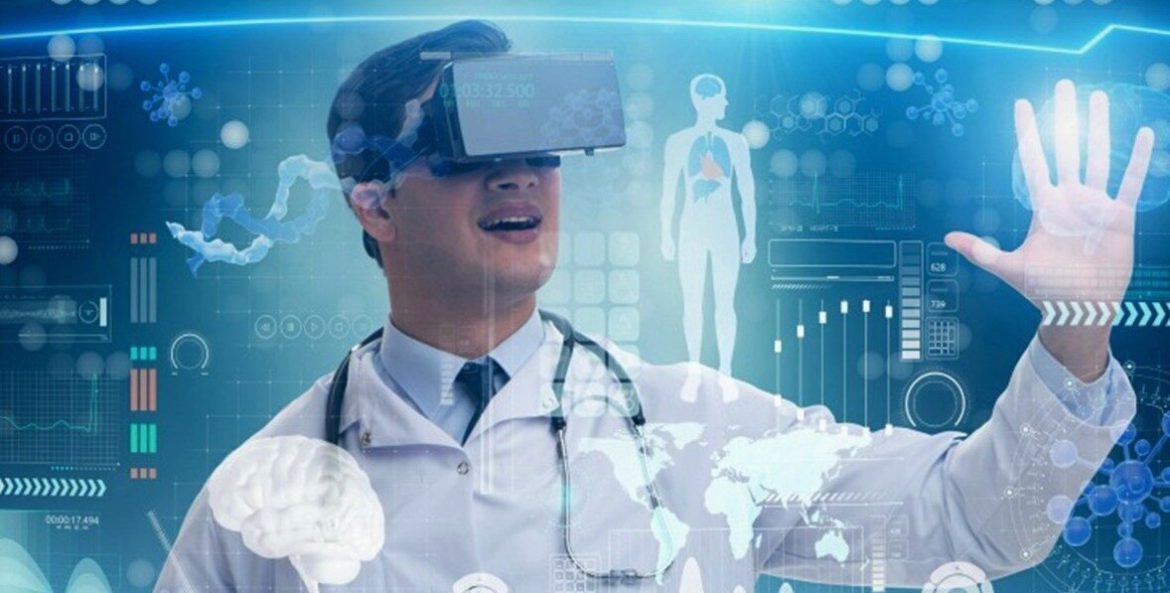The realm of Optical Character Recognition (OCR) is constantly evolving, and one of the most exciting developments is its integration with Augmented Reality (AR) and Virtual Reality (VR) technologies. In this article, we’ll explore how OCR is shaping the future of AR and VR and the transformative possibilities it brings.
The Evolution of OCR
OCR technology has come a long way since its inception. Initially designed to convert printed text into machine-readable format, it has expanded its horizons to include handwritten text, different languages, and complex document structures. But the future holds even more promise.
OCR in Augmented Reality
AR technology overlays digital information onto the real world. Integrating OCR with AR opens up a world of possibilities:
Real-time Translation
Imagine wearing AR glasses that instantly translate foreign language signs, menus, or documents you encounter into your preferred language. OCR technology can make this a reality by recognizing and translating text in real time.
Enhanced Education
AR applications in education can benefit immensely from OCR. Students can use AR-enabled textbooks that provide instant explanations, translations, or additional information when they scan a paragraph or image with their devices.
OCR in Virtual Reality
VR immerses users in a completely digital environment. Integrating OCR with VR can enhance this immersion:
Multilingual Virtual Worlds
In VR-based training or simulations, OCR can recognize and translate text within the virtual environment. This allows for multilingual training scenarios, making VR experiences accessible to a global audience.
Interactive Document Handling
VR can simulate realistic office environments, and OCR can enable users to interact with digital representations of documents. Users could “pick up” virtual documents and have them read aloud or translated within the VR space.
Applications Beyond Language
OCR in AR and VR isn’t limited to language translation. It can also recognize and interact with various types of content:
Object Recognition
OCR can be extended to recognize and interact with physical objects, allowing users to receive information or instructions related to those objects in AR or VR.
Enhanced Accessibility
For individuals with visual impairments, OCR in AR and VR can provide real-time audio descriptions of text and objects, making immersive experiences more inclusive.
Challenges and Opportunities
While the integration of OCR with AR and VR is promising, it also poses challenges:
Processing Power
OCR requires significant processing power, and this can be a limitation in AR and VR devices. However, as technology advances, the gap is narrowing.
Privacy Concerns
AR and VR environments may raise privacy concerns when OCR is used to recognize and interpret text and objects in real time. Striking a balance between functionality and privacy will be essential.
Conclusion
The integration of OCR technology with Augmented Reality and Virtual Reality has the potential to revolutionize how we interact with the digital and physical worlds. From real-time language translation to interactive simulations and enhanced accessibility, OCR is at the forefront of making AR and VR experiences more immersive, informative, and inclusive. As technology continues to advance, we can expect OCR-powered AR and VR applications to become increasingly integral to our daily lives.
